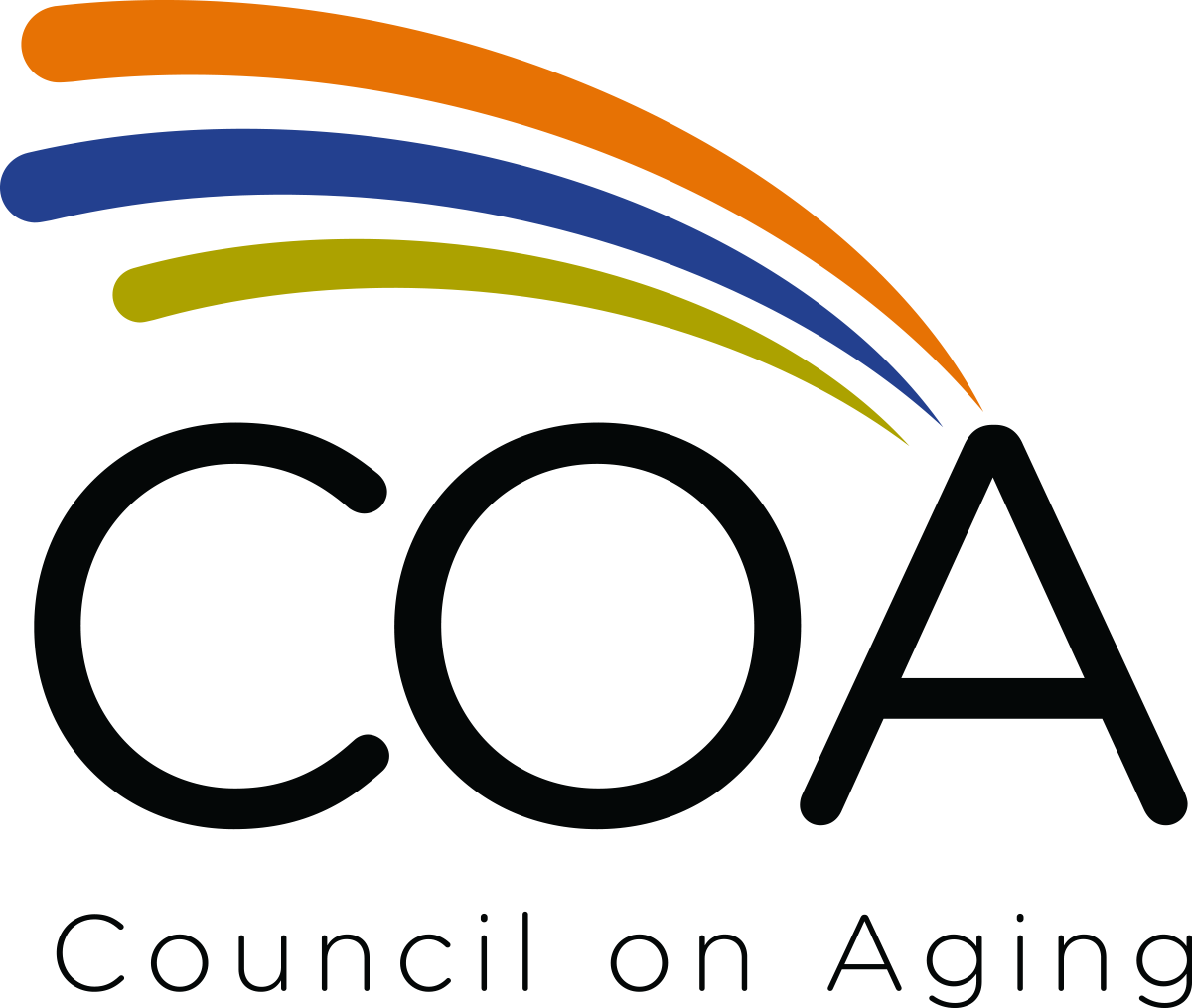 Every year, more than 1.58 million people living with a life-limiting illness receive care from hospice/palliative care providers in the US.
Every year, more than 1.58 million people living with a life-limiting illness receive care from hospice/palliative care providers in the US.
November is Hospice and Palliative Care Awareness Month. It’s important to know the differences between the two types of care. Both palliative care and hospice care provide comfort. But palliative care can begin at diagnosis, and at the same time as treatment. Hospice care begins after treatment of the disease is stopped and when it is clear that the person is not going to survive the illness. Hospice care is most often offered only when the person is expected to live six months or less.
Some Differences Between Palliative Care and Hospice |
||
| Palliative Care | Hospice | |
| Who can be treated? | Anyone with a serious illness | Anyone with a serious illness whom doctors think has only a short time to live, often less than 6 months |
| Will my symptoms be relieved? | Yes, as much as possible | Yes, as much as possible |
| Can I continue to receive treatments to cure my illness? | Yes, if you wish | No, only symptom relief will be provided |
| Will Medicare pay? | It depends on your benefits and treatment plan | Yes, it pays all hospice charges |
| Does private insurance pay? | It depends on the plan | It depends on the plan |
| How long will I be cared for? | This depends on what care you need and your insurance plan | As long as you meet the hospice’s criteria of an illness with a life expectancy of months, not years |
| Where will I receive this care? |
|
|
Chart from National Institute on Aging, US Department of Health and Human Services
More on Hospice Care
Hospice is not a place, it’s a philosophy of care. Hospice helps the entire family have the best possible and most meaningful end-of-life experience. Most care is provided in the home or the place the patient calls home, like a nursing home or assisted living.
Hospice patients have life-limiting illnesses such as end-stage heart, lung or renal disease; cancer; dementia; ALS; stroke; and neurological disorders, among others and are considered terminal, having a life expectancy of six months or less if the disease follows its natural course. However, some patients live longer than six months, yet still qualify for hospice.
Hospice is for patients who have decided to no longer pursue a cure for their illness, and instead seek comfort, symptom management and quality of life.
More on Palliative Care
Palliative care is specialized medical care for people with serious illness. This type of care is focused on providing relief from the symptoms and stress of a serious illness. The goal is to improve quality of life for both the patient and the family.
Palliative care is provided by a specially-trained team of doctors, nurses and other specialists who work together with a patient’s other doctors to provide an extra layer of support. It is appropriate at any age and at any stage in a serious illness, and it can be provided along with curative treatment.
The goal of palliative care is to improve quality of life. Palliative care specialists treat people suffering from many serious disease types and chronic illnesses, including cancer, cardiac disease such as congestive heart failure (CHF), chronic obstructive pulmonary disease (COPD), kidney failure, Alzheimer’s, Parkinson’s, Amyotrophic Lateral Sclerosis (ALS) and many more.
Focusing on the symptoms of both the disease and the treatment, palliative care helps you with a wide range of issues, including pain, depression, anxiety, fatigue, shortness of breath, constipation, nausea, loss of appetite and difficulty sleeping. It also helps you gain the strength to carry on with daily life. It improves your ability to tolerate medical treatments. And it helps you have more control over your care by improving your understanding of your choices for treatment.
Information from GetPalliativeCare.org and National Hospice and Palliative Care Organization
